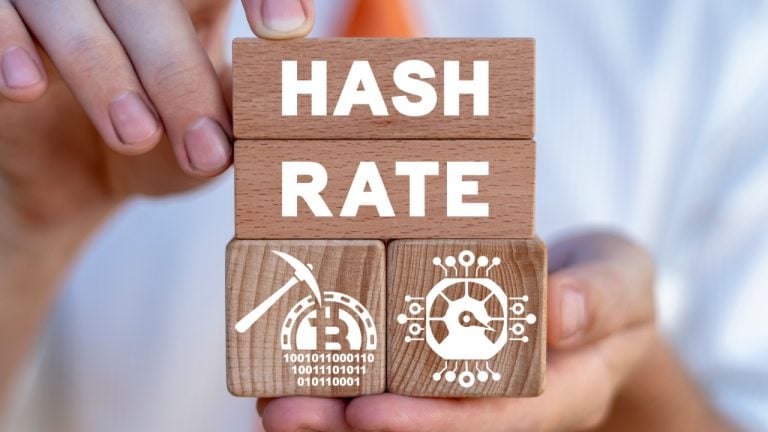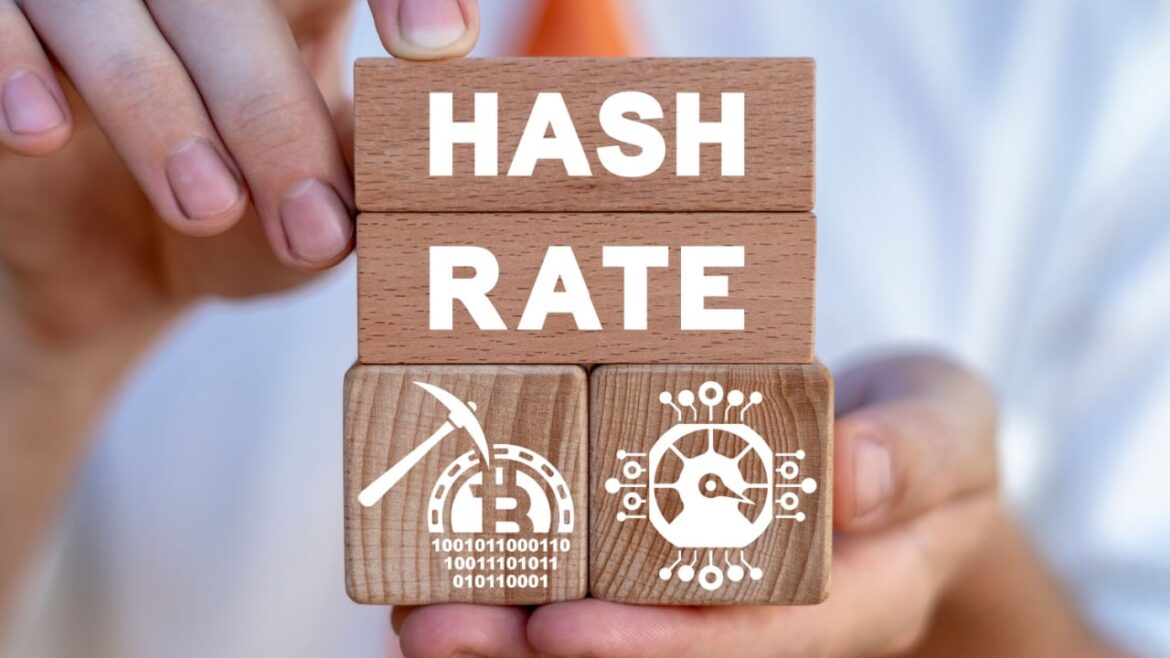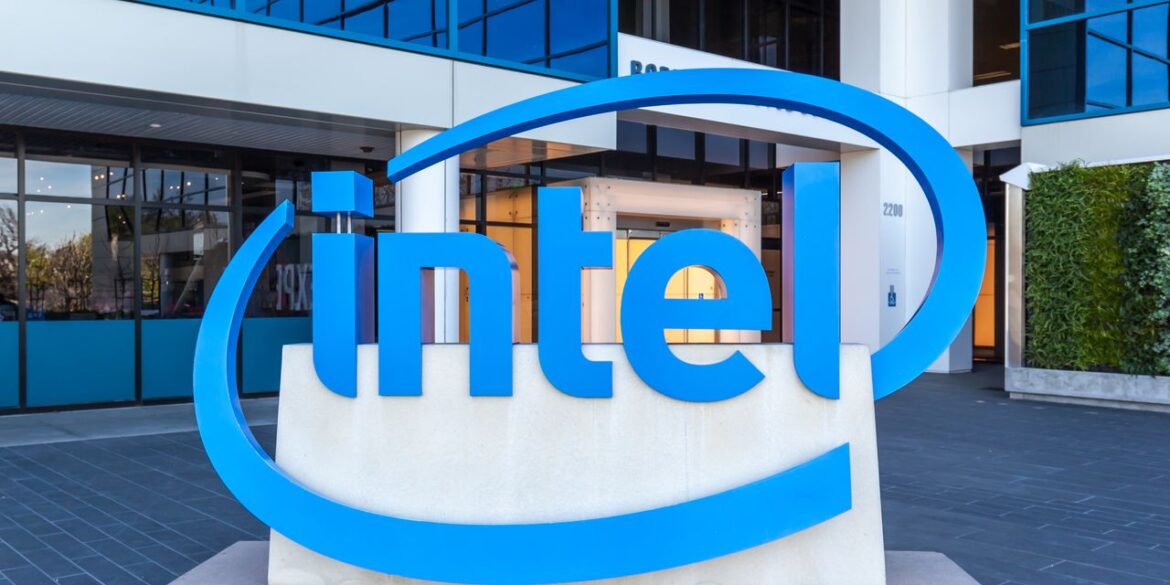 Bitcoin miner Bitdeer is reportedly in discussions with private credit firms to secure $100 million in funding to expand its mining capacity. It is believed that the cryptocurrency miner has engaged a financial adviser to assist with the negotiations. Negotiations Between Bitdeer and Lenders Continue The cryptocurrency mining firm Bitdeer Technologies Group is reportedly seeking […]
Bitcoin miner Bitdeer is reportedly in discussions with private credit firms to secure $100 million in funding to expand its mining capacity. It is believed that the cryptocurrency miner has engaged a financial adviser to assist with the negotiations. Negotiations Between Bitdeer and Lenders Continue The cryptocurrency mining firm Bitdeer Technologies Group is reportedly seeking […]
Source link
capacity
Hut 8 expands borrowing capacity with Coinbase to $65 million, acquires natural gas power plants

Bitcoin miner Hut 8 has secured an additional $15 million from a subsidiary of the United States-based cryptocurrency exchange, Coinbase, according to a Jan. 12 statement.
The miner revealed that the new deal represents an amendment and restatement of its previous $50 million credit facility with the cryptocurrency trading platform, bringing its cumulative credit portfolio to $65 million.
Last year, Hut 8 procured a $50 million credit facility from Coinbase, with an added provision for an optional $15 million term loan.
The BTC miner plans to use the newly acquired $15 million loan for general corporate purposes, mirroring the allocation of funds from the preceding financial arrangement. The new loans also carry the same interest rate as the previous ones.
“All amounts borrowed under the Credit Facility will bear interest at a rate equal to (a) the greater of (i) the federal funds rate on the date of the applicable borrowing, and (ii) 3.25%, plus (b) 5.0%.”
Hut 8 further explained that the loan is secured by its interest in an unspecified amount of Bitcoin held in Coinbase Custody, adding that the loan will mature 364 days after the date of the first borrowing.
New natural gas power plants
Meanwhile, Hut 8 recently obtained court approval from the Ontario Superior Court of Justice to acquire four natural gas power plants in Ontario.
The approval empowers Hut 8’s newly established Canadian subsidiary, BidCo, to execute the acquisition of a 40 MW facility in Kapuskasing, a 110 MW facility in Kingston, a 120 MW facility in Iroquois Falls, and a 40 MW facility coupled with a Bitcoin mining operation in North Bay.
Along with the approval, a novel funding arrangement is set to materialize between Macquarie and BidCo. Macquarie partnered with the miner to submit the bid for the North Bay Bitcoin mine.
This financial agreement will manifest as an operating lease facility, with Macquarie securing a 20% stake and Hut 8 retaining an 80% equity interest. The anticipated closure of this transaction is slated for Feb. 15, contingent upon the resolution of all pending litigation claims.
The Lightning Network is a Layer-2 solution designed to address Bitcoin transactions’ scalability and speed issues. It creates off-chain payment channels that allow users to conduct transactions almost instantly and at a fraction of the cost compared to traditional on-chain methods.
By enabling multiple transactions to occur off-chain and only recording the final balance on the main blockchain, it can alleviate congestion and reduces fees, making microtransactions more viable and enhancing the overall efficiency of the Bitcoin network.
The growth of the Lightning Network can indicate more people are using Bitcoin for everyday transactions, a sign of wider cryptocurrency adoption. Changes in the Lightning Network can also reflect shifts in market sentiment — a sudden increase in capacity could indicate a bullish sentiment as more users seek access to quick and cheap Bitcoin transactions, and vice versa.
Lightning Network capacity refers to the total amount of Bitcoin transacting within the network at any given time. A decrease in capacity could hinder the network’s ability to process many transactions. According to Glassnode, the Lightning Network’s capacity dropped significantly between July and August, decreasing by almost 13% in the past 30 days.

This decline has brought the capacity back to levels recorded in December 2022.

The number of channels on the Lightning Network grew by 3% in the same period.
Channels are the fundamental building blocks of the Lightning Network. They are private, off-chain pathways that enable two parties to transact without broadcasting to the blockchain. An increase in channels indicates more transaction pathways, potentially enhancing the network’s efficiency. This growth suggests expanding the network’s infrastructure, allowing more users to participate.

One potential reason for these conflicting trends could be establishing more channels holding smaller amounts of Bitcoin. This might indicate a more distributed network with users preferring to open their channels rather than relying on larger, centralized ones. While this can be seen as a move towards decentralization, the reduced capacity might also suggest that larger players are withdrawing their Bitcoin from the network, possibly due to market uncertainties or a shift in investment strategies.
The post Lightning network capacity decreases while number of channels grows appeared first on CryptoSlate.
CleanSpark’s Bitcoin mining capacity hits 8 EH/s as new facility goes live
Bitcoin miner CleanSpark has begun the second phase of operations at its mining campus in Washington, a city in the U.S. state of Georgia, reaching 8.0 exahashes per second (EH/s), halfway to its year-end target of 16 EH/s.
The second phase saw an investment of nearly $55 million in the site, including construction, infrastructure and machines. The facility, bought in August 2022 for $25.1 million, had 15,000 mining machines with a power capacity of 50 megawatts (MW). According to the company, the capital deployed expands its total power capacity to 86 MW.
“Today, it’s 50 megawatts of new power added on to the 36 megawatts we previously had constructed there. So, there’s 86 megawatts, or 12 times the load provided by the city,” said Matthew Schultz, CleanSpark’s executive chairman, during an investors’ conference on July 13.
According to Schultz, the city of Washington has seen its annual budget almost double year-over-year as a result of the company’s collaboration with city officials and the community. “The city becomes our utility, and rather than compete with ratepayers for power, we agreed to buy power from the city at a cost-plus level,” he explained, adding that the town had a budget last year of about $16 million. “Their annual city budget this year is over $30 million.”
CleanSpark has pushed an aggressive expansion plan despite the current bear market. Last month, it purchased Bitcoin mining facilities in Dalton, also in Georgia. The campus will house 6,000 Antminer S19 XPs and S19j Pro+s, which are expected to add about 1 EH/s to its hash rate. “Georgia has been a terrific opportunity for us because it’s predominantly nuclear power and Georgia is a net exporter of power,” said the chairman.

The company has also invested over $150 million in building its computer power infrastructure in the past months. According to Schultz, the strategy was initially drafted in November 2021, when a number of Bitcoin mining companies “made billion-dollar orders of mining machines.”
“Zach [Bradford], Gary [Vecchiarelli] and myself sat back and kind of realized that with that much new equipment being added to the Bitcoin blockchain, as well as analyzing some future energy models, it was likely that Bitcoin was going to pull back from that $60,000 range,” the executive noted during the investors call.
Rather than investing capital in high-value rigs, CleanSpark chose to sell Bitcoin between the $40,000 and $60,000 range and reallocate the funds into more efficient infrastructure.
With the next Bitcoin halving just around the corner, the company updated its strategy once again. “If you’ve looked at our updates, […] we’ve started to increase the amount of Bitcoin that we hold back because we believe running into this halving event just reaps rewards and pays dividends,” said Schultz.
Also hinting at the company’s plans for 2024, CleanSpark CEO Zach Bradford said the company would be looking at mergers and acquisitions (M&A) opportunities for the next cycle. “I really think post-halving is going to have incredible M&A opportunities. […] You’re going to see whole facilities or maybe peers that just can’t stay operating. […]. I’d love to come in, buy up a bunch of empty facilities and bring in state-of-the-art miners. That’s what we’re thinking about 2024 is, again, build capital, wait for the opportunity, deploy it when we can create quick returns.”
Magazine: Bitcoin is on a collision course with ‘Net Zero’ promises
Intel stock drops as foundry capacity buildout plans have one analyst predicting a company split
Intel Corp.’s shares underperformed peers, and led the Dow Jones Industrial Average lower Tuesday, following announcements of a capacity buildout ahead of a presentation to investors Wednesday.
Intel’s
INTC,
shares finished down 3.8% at $35, making them the worst performer on the Dow Jones Industrial Average
DJIA,
on Tuesday. The Dow finished down 0.7%, compared with a 0.7% decline by the PHLX Semiconductor Index
SOX,
and a 0.5% decline by the S&P 500 index
SPX,
In a note Tuesday, UBS analyst Timothy Arcuri said he expects Intel to provide an update on its product roadmap and customer adoption of its foundry services business, or IFS, on Wednesday.
Intel confirmed reports from over the weekend that it was building new foundry capacity in Germany, Poland and Israel.
From last week: Intel’s stock rocks best week in nearly 14 years as analyst notes a ‘material AI opportunity’
“We have long argued that if Intel is truly going to pursue an external foundry model — which at this point would be hard to backpedal from given its pending acceptance of significant amounts of Chips Act money — it needs to cleave the manufacturing assets from the product businesses,” Arcuri said.
“Essentially, we argue Intel likely splits into a foundry business and a fabless product business, and the segment P&L is a big first step.” Arcuri said. “Such a separation is necessary because there is not a single potentially significant customer that tells us they would make a big commitment to Intel foundry as long as it would be competing with Intel for the best wafers, highest yielding lots, etc.”
Intel uses its own foundries — or fabs, those high-tech plants that create the silicon wafers onto which transistors are etched to make microchips — unlike other chip makers that are “fabless” like Nvidia Corp.
NVDA,
Advanced Micro Devices Inc.
AMD,
and Apple Inc.
AAPL,
Those companies use third-party fabs like Taiwan Semiconductor Manufacturing Co.
TSM,
for their chips.
Read: TSMC stock gains on report that Nvidia AI-chip order has boosted production
Since Chief Executive Pat Gelsinger took over the reins of Intel back in 2021, one of his aims has been to build out fab capacity and take some share from TSMC in third-party foundry work through IFS.





